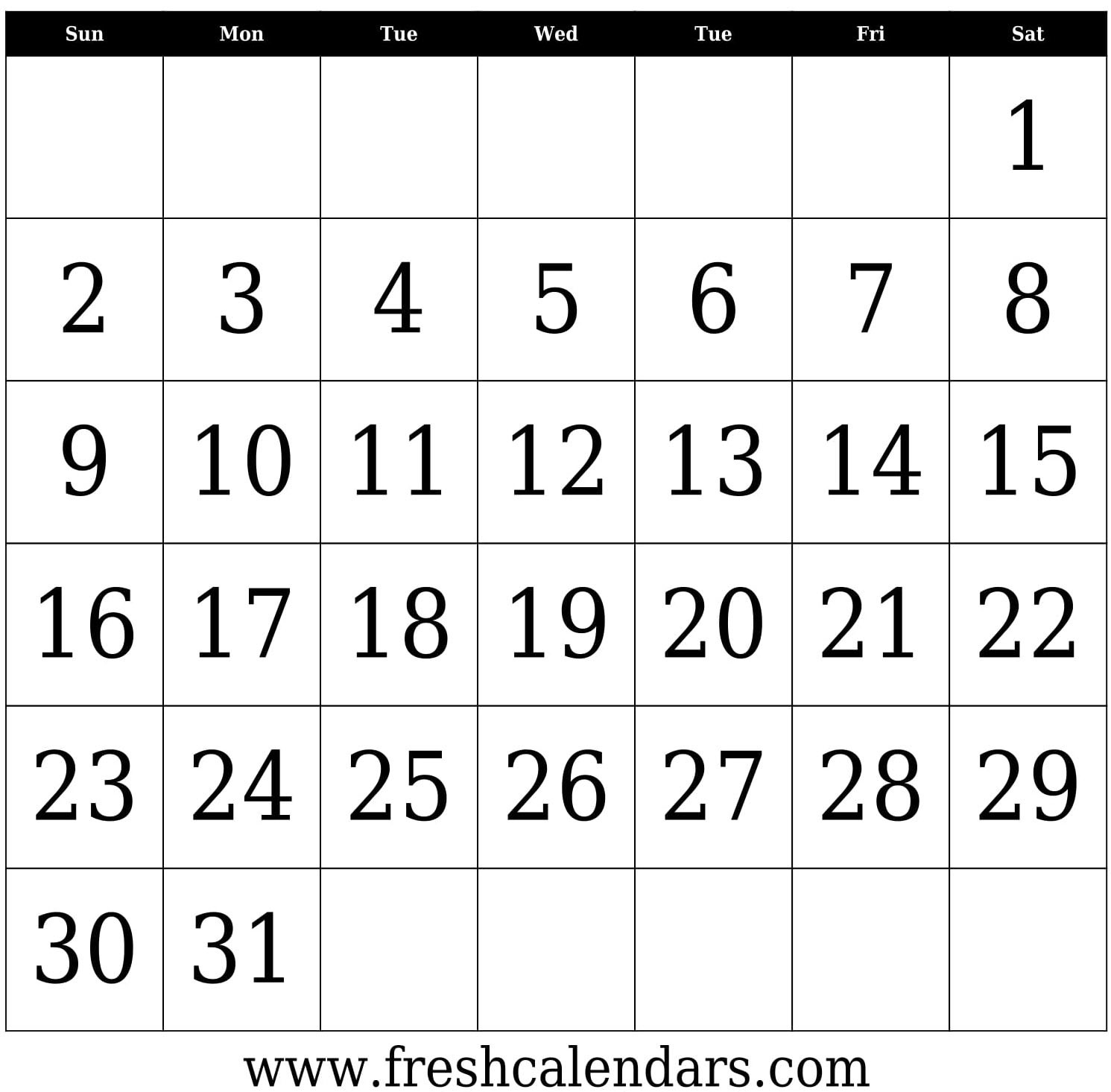The Calendar: Extra Than Simply Dates – A Journey By way of Days of the Yr
Associated Articles: The Calendar: Extra Than Simply Dates – A Journey By way of Days of the Yr
Introduction
With nice pleasure, we’ll discover the intriguing matter associated to The Calendar: Extra Than Simply Dates – A Journey By way of Days of the Yr. Let’s weave attention-grabbing data and supply recent views to the readers.
Desk of Content material
The Calendar: Extra Than Simply Dates – A Journey By way of Days of the Yr

The common-or-garden calendar. A seemingly easy grid of numbers, marking the passage of time. But, inside its seemingly easy construction lies a wealthy tapestry of historical past, arithmetic, astronomy, and cultural significance. Past merely scheduling appointments, the calendar, notably when incorporating the day of the 12 months, presents a singular perspective on our temporal expertise, connecting us to the cyclical nature of seasons, the rhythm of life, and the huge expanse of historical past.
This text delves into the world of calendars, specializing in the sensible and symbolic significance of figuring out the day of the 12 months. We’ll discover its historic evolution, its connection to astronomical occasions, its numerous cultural interpretations, and its fashionable functions throughout numerous fields.
A Historic Perspective: From Lunar Cycles to Gregorian Precision
The earliest calendars have been intimately tied to the statement of the moon. Lunar calendars, based mostly on the roughly 29.5-day lunar cycle, have been utilized by quite a few historic civilizations. Nonetheless, the lunar 12 months, consisting of roughly 354 days, falls in need of the photo voltaic 12 months (roughly 365.25 days), resulting in a gradual drift between the calendar and the seasons. This discrepancy necessitated changes, resulting in the event of lunisolar calendars that included each lunar and photo voltaic cycles, usually by means of the intercalation of additional months.
The traditional Egyptians, famend for his or her subtle astronomical information, developed a photo voltaic calendar of twelve months, divided into 12 months of 30 days every, with 5 additional days added on the finish. This calendar, whereas remarkably correct for its time, lacked the essential intercalary year adjustment, resulting in a gradual accumulation of error.
The Julian calendar, launched by Julius Caesar in 45 BC, included a intercalary year each 4 years, considerably bettering the accuracy of the photo voltaic calendar. Nonetheless, even the Julian calendar was not completely correct, accumulating an error of roughly at some point each 128 years. This discrepancy ultimately led to the reformulation of the calendar system.
The Gregorian calendar, launched by Pope Gregory XIII in 1582, addressed the shortcomings of the Julian calendar by omitting leap years in century years not divisible by 400. This refined system, with its intercalary year guidelines, stays probably the most extensively used calendar worldwide at the moment. The Gregorian calendar’s accuracy, together with its widespread adoption, makes it the usual framework for understanding the day of the 12 months globally.
The Day of the Yr: A Numerical Illustration of Time’s Stream
The day of the 12 months, a easy quantity starting from 1 to 365 (or 366 in a intercalary year), presents a singular perspective on the passage of time. It offers a linear, numerical illustration of the 12 months’s progress, permitting for straightforward comparisons and calculations throughout completely different years. As an alternative of navigating by means of months and dates, figuring out the day of the 12 months offers a concise and environment friendly technique to monitor occasions, deadlines, and anniversaries.
For instance, figuring out {that a} particular occasion occurred on day 150 of the 12 months instantly offers a way of its place inside the annual cycle, inserting it firmly within the late spring or early summer time, whatever the particular month and date. This numerical illustration simplifies calculations and comparisons, making it a worthwhile instrument in numerous functions.
Past Easy Enumeration: Purposes of Day of the Yr
The day of the 12 months finds sensible functions in numerous fields:
-
Agriculture: Farmers and agricultural planners make the most of the day of the 12 months to schedule planting, harvesting, and different essential agricultural actions based mostly on the seasonal progress and weather conditions. Realizing the day of the 12 months permits for exact timing of operations, optimizing yields and minimizing dangers.
-
Meteorology and Climatology: Climatologists and meteorologists use the day of the 12 months to research climate patterns, monitor seasonal modifications, and predict future tendencies. The day of the 12 months offers a standardized framework for evaluating climate information throughout completely different years and areas.
-
Environmental Research: Ecologists and environmental scientists use the day of the 12 months to watch animal migrations, plant development cycles, and different ecological processes. The day of the 12 months offers a constant metric for monitoring modifications in these processes over time.
-
Knowledge Evaluation and Statistics: In numerous information evaluation functions, the day of the 12 months acts as a vital variable, permitting for the research of seasonal tendencies and patterns in numerous datasets, from gross sales figures to illness outbreaks.
-
Software program Growth: Software program builders make the most of the day of the 12 months in numerous functions, together with date calculations, scheduling algorithms, and the creation of calendar-related instruments.
Cultural and Symbolic Significance: The Day of the Yr in Completely different Traditions
The day of the 12 months holds various cultural and symbolic significance throughout completely different traditions. In some cultures, particular days of the 12 months are related to explicit festivals, rituals, or beliefs. For instance, the winter solstice, usually falling round day 355, holds immense cultural significance in lots of societies, marking the shortest day of the 12 months and the symbolic rebirth of the solar. Equally, the spring equinox, usually round day 80, represents the start of spring and renewal.
The day of the 12 months can be used to personalize experiences. Realizing one’s "day of the 12 months character" based mostly on astrological or numerological interpretations is a well-liked pastime for some. These interpretations, whereas missing scientific foundation, spotlight the human tendency to imbue numerical sequences with symbolic that means.
Conclusion: A Timeless Instrument in a Altering World
The calendar, notably with the inclusion of the day of the 12 months, stays a significant instrument in our fashionable world. Its historic evolution displays our ongoing quest to grasp and measure time, whereas its numerous functions showcase its adaptability and significance throughout numerous disciplines. From agricultural planning to information evaluation, the day of the 12 months offers a concise and environment friendly technique of monitoring progress, analyzing tendencies, and understanding the rhythmic circulate of time. As we proceed to navigate the complexities of a quickly altering world, the easy but highly effective idea of the day of the 12 months continues to function a dependable and insightful information by means of the ever-turning wheel of time. It’s a testomony to the enduring human want to grasp, arrange, and make sense of the temporal dimension of our existence.








Closure
Thus, we hope this text has supplied worthwhile insights into The Calendar: Extra Than Simply Dates – A Journey By way of Days of the Yr. We hope you discover this text informative and helpful. See you in our subsequent article!